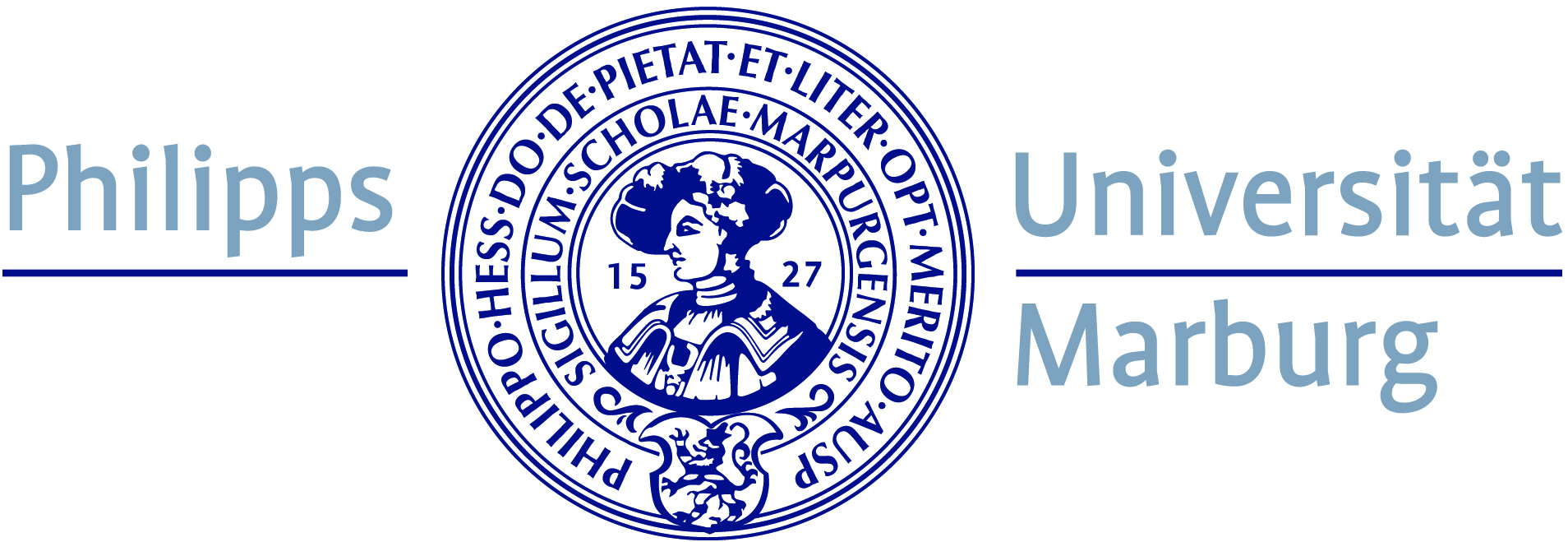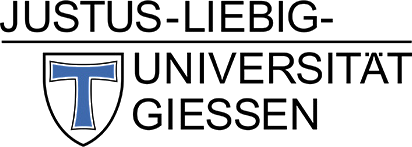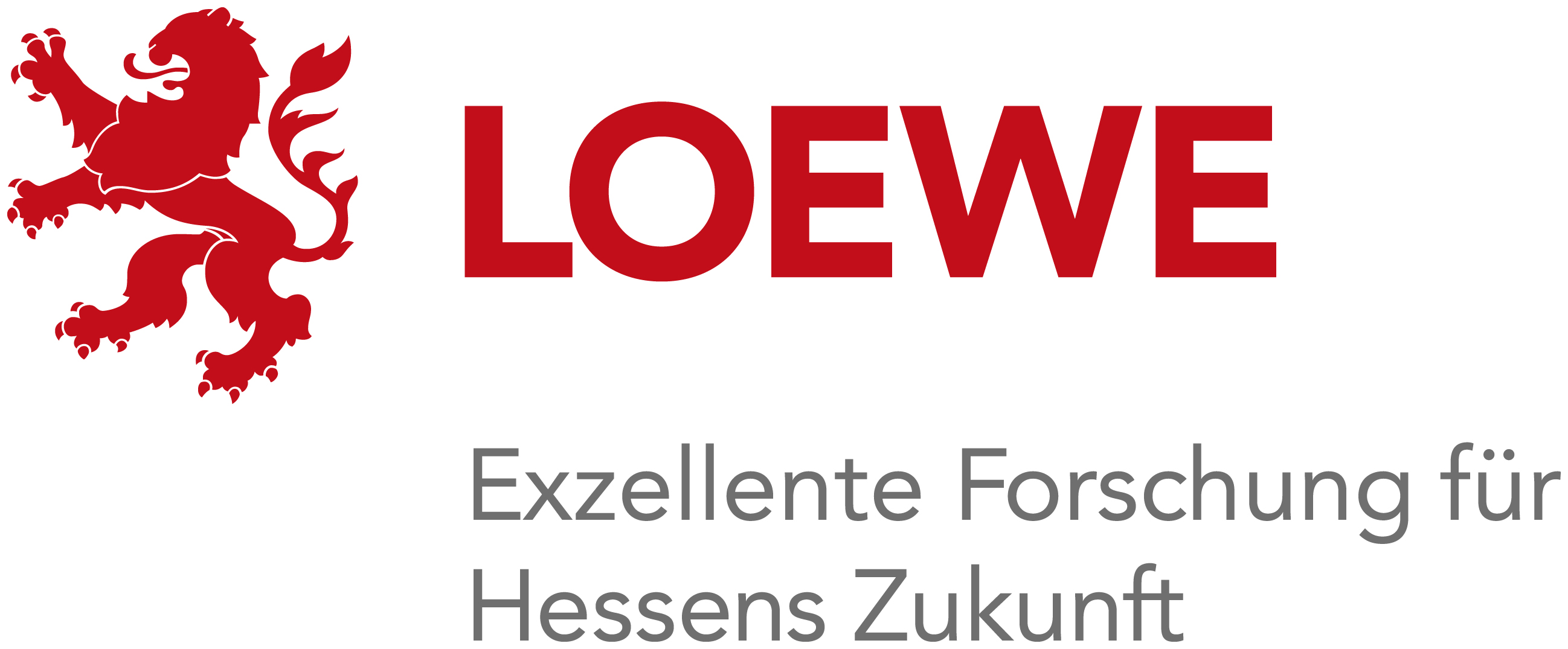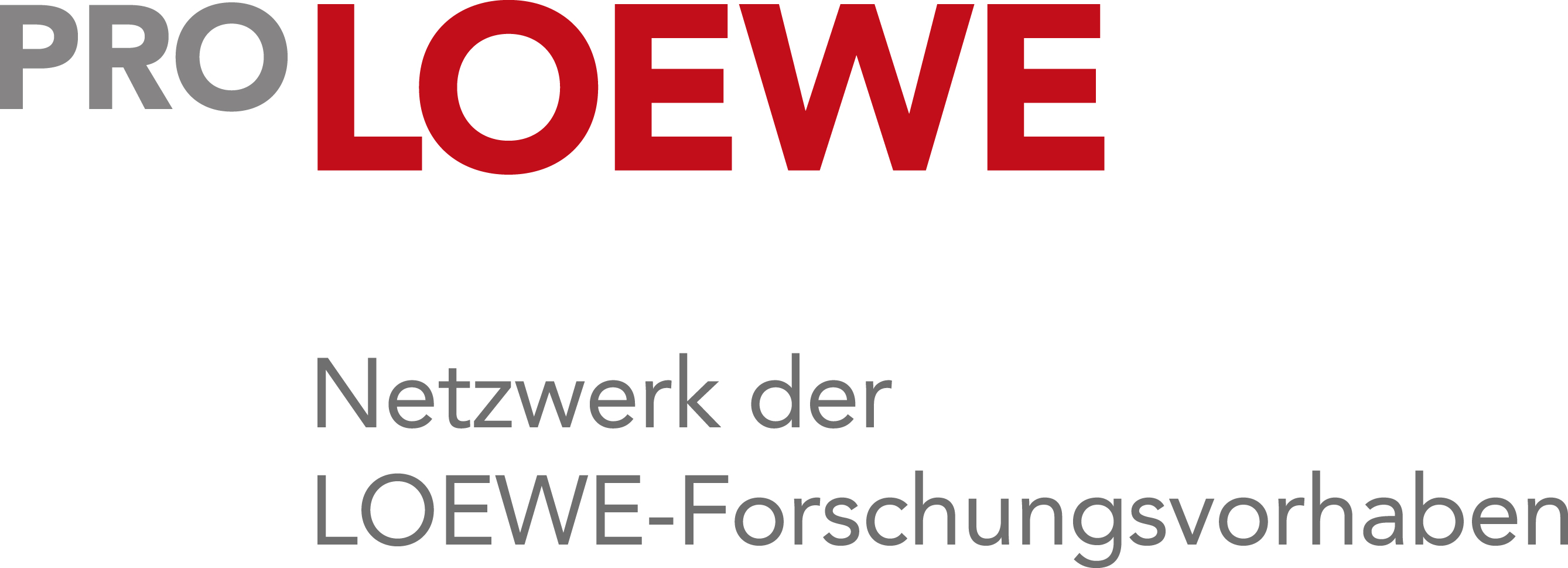Main Content
Work package Environmental modeling
Nature conservation monitoring in Nature 4.0 ultimately requires comprehensive and temporally homogenized data sets that map the ecological properties of the study area and the interaction networks linked to them. In the work package Environmental Modeling (EM), operational methods for deriving ecologically relevant information from the heterogeneous and spatially discontinuous data sets of the sensor boxes are being investigated and spatial prediction models are being developed.
Tasks
At the core of the EM work package is the implementation of models for storing, processing and evaluating sensor box data sets and other available data sets for nature conservation monitoring. The basis is the analytical database system NatDB. It serves as central data storage and is extended step by step via defined interfaces directly by the participating projects in the field of EM. User-specific analysis results and visualizations are provided interactively via a web interface.
With regard to local measurements, novel acoustic and radar remote sensing data are developed for the analysis of insects and birds, two important elements of trophic networks and acoustic recordings are also used for the integrative characterization of landscapes – so called soundscapes. In the field of imaging techniques, machine learning models for identifying relevant target variables (nesting sites, etc.) will be trained and methods for deriving the ecosystem structure and phenology from cost-effective UAV images (VIS/NIR) will be researched. For irregularly recorded variables, machine learning methods for spatial prediction across scales are implemented, which map the information in regular raster maps. The development of the models requires improved mathematical and statistical methods in the field of noise reduction, signal classification and regularization. In particular, methods for the detection of directional information in image data or for the simultaneous analysis of time and frequency spaces are relevant. In addition, warning indicators are investigated which analyze the temporal variability of the data, for which efficient data models are implemented in the NatDB. The presented development and validation of the models is carried out in close cooperation and in alternating combination with the ecological project groups. The EM project area also acts as a link between the work packages sensor network and ecological piloting.
Contribution to Nature 4.0
The EM work package forms the central data storage, analysis and modeling component of Nature 4.0. It provides the functionality required for the monitoring prototype and makes it available via the central NatDB system. Due to the design, the methodology can be transferred to other areas and data exchange with third parties is possible. The modularity with defined interfaces also ensures that the sensor boxes and model procedures can be replaced or supplemented by new developments.
Subprojects
Inhalt ausklappen Inhalt einklappen EM1 | Data integration
Project Management | Bernhard Seeger
Team | Johannes Drönner
Challenge | The VAT system developed in the GFBio project (www.gfbio.org) has already created a tool for data integration, analysis and visualisation of biodiversity data, which is ideally suited as a basis for the NatDB to be developed in this project. It offers functionality for import, export, administration and processing of vector and raster data. Data can be imported statically, but a dynamic connection of live data and their persistence is not yet planned in VAT. The same applies to image and audio data, which are already interactively displayed, but cannot yet be processed. However, VAT has a user and project administration which can be used for the creation of user-specific interfaces. The interaction with R is also of interest to the ecology science community, as it enables the integration of R-functions in the system as well as the call of the workflows generated in VAT in R outside the system.
Inhalt ausklappen Inhalt einklappen EM2 | Remote sensing and spatial prediction
Project Management | Jörg Bendix, Thomas Nauss, Christoph Reudenbach
Team | NN, Lisa Bald, Alexey Noskov
Challenge | In order to provide consistent, spatio-temporal data sets, the irregularly available sensor data in Nature 4.0 must be combined with comprehensive geodata sets recorded by remote sensing. The derivation of ecosystem information from the heterogeneous remote sensing data requires the use of powerful machine learning methods. The monitoring of flying insects and birds also requires the inclusion of radar and acoustic information. However, especially the radar methods for mobile insect detection are still in their infancy and have to be further developed on the basis of miniaturized sensors.
Inhalt ausklappen Inhalt einklappen EM3 | Transformation, Regularization and Classification
Project Management | Stephan Dahlke
Team | Sven Heuer
Challenge | Within the framework of Nature 4.0, extensive data sets of different nature are collected and made available. This requires the development of appropriate, efficient and reliable analytical methods for extracting the relevant information. In view of the size of the data volumes, problem-adapted analysis methods that make targeted use of the structural differences of the various data types will be the focus of attention.
Inhalt ausklappen Inhalt einklappen EM4 | Point processes and structural breaks
Project management | Hajo Holzmann
Team | Pavel Tafo
Challenge | In current statistical methods for deriving occurrence probabilities, spatial prediction is usually performed by Poisson's point processes with log-linear intensity functions in the explanatory variables. The temporal variation is important for monitoring processes, but has been insufficiently considered in these models so far. In particular, temporal breaks cannot be modeled or detected. The analysis of remote sensing data for the derivation of inventory and landscape structures leads to inverse problems, which are currently solved in ad-hoc procedures with Bayesian methods, without choosing the degree of regularization well-founded.





